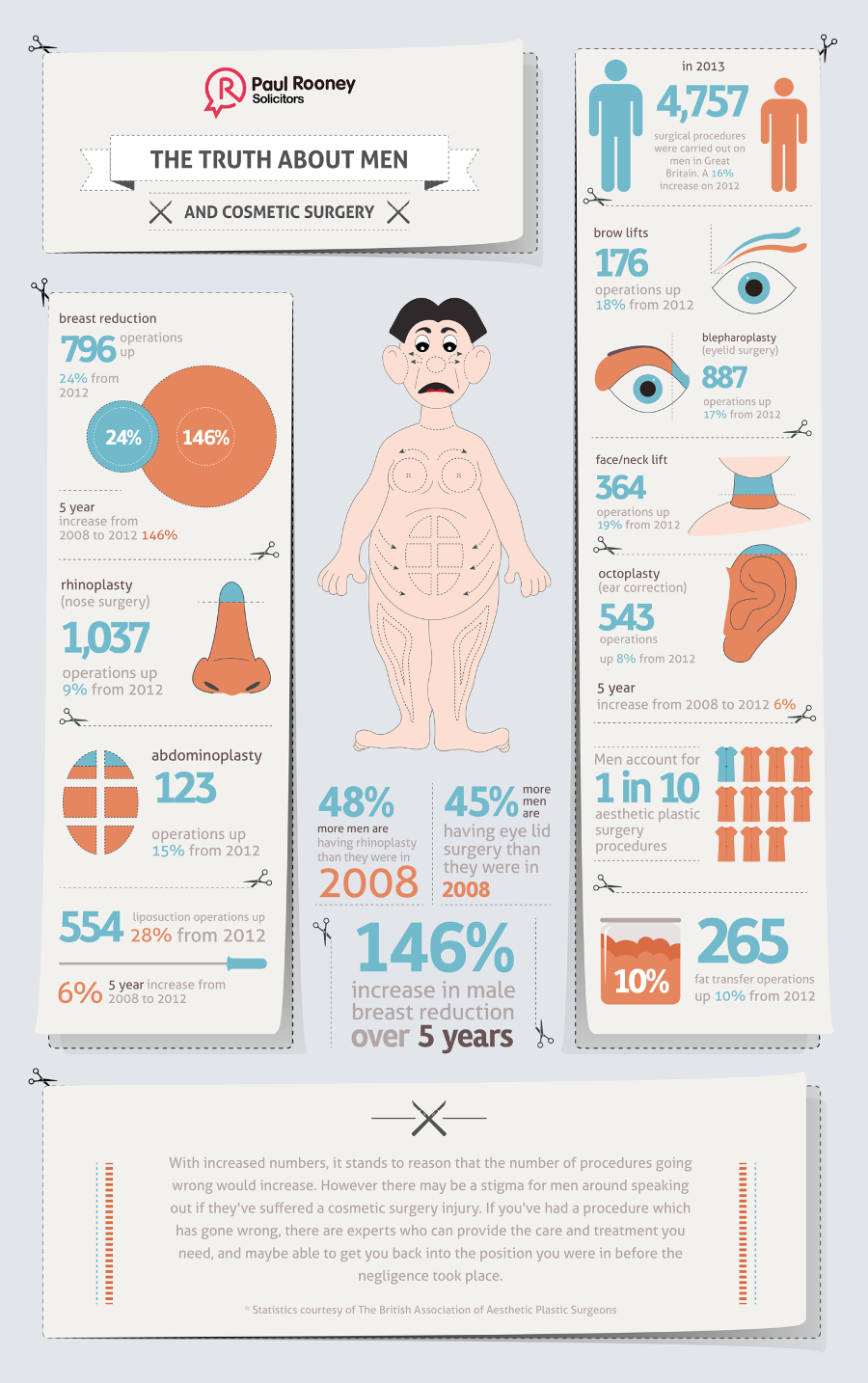Natural Treatments For Hormonal Acne
Natural Treatments For Hormonal Acne
Blog Article
Hormone Acne - What is Hormone Acne?
Hormone acne is characterized by clogged pores and oily skin that typically shows up on the chin and jawline. It occurs when hormone modifications trigger swelling and bacterial overgrowth within hair roots.
Outbreaks might look like whiteheads, blackheads, papules or pustules and cysts or blemishes in extra extreme cases. It is more common in teens undergoing adolescence however can impact grownups of any type of age.
What Triggers Hormone Acne?
While acne can be triggered by a range of aspects, consisting of making use of hair and skin treatment items that aren't oil-free or made with active ingredients that can obstruct pores, hereditary proneness, diet,2 and stress, the root cause is fluctuating hormones. Hormonal acne takes place when the body experiences hormone adjustments and variations that lead to an overflow of sebum, which creates inflammation, increased development of bacteria and changes in skin cell activity.
Hormone acne is commonly located on the reduced jawline, cheeks and neck yet can show up anywhere on the body. It is defined by acnes that are cystic, uncomfortable and full of pus or other material. It is likewise most likely to happen in ladies than guys, particularly during puberty, the menstrual cycle, maternity or menopause.
Age
While several kids experience acne at some time throughout the age of puberty, it can remain to pester grownups well into their adult years. Known as hormonal acne, this kind of outbreak is connected to changes in hormones and is generally most common in women.
Hormone acne happens when oil glands create too much sebum, which clogs pores and traps dead skin cells. This brings about the development of acnes, such as whiteheads, blackheads and papules, pustules, cysts or nodules, deep under the surface.
This sort of imperfection typically triggers discomfort, inflammation and inflammation. It might likewise be intermittent and appear around the same time every month, such as right before your period begins. This is due to the fact that degrees of female hormonal agents like progesterone and oestrogen rise and fall with each menstruation.
Menstrual Cycle
Hormonal acne typically shows up in the reduced part of your face, along the jawline and cheeks, as whiteheads, blackheads or inflammatory acnes (acnes and cysts). It's probably to appear around the time when your menstruation modifications.
Especially around ovulation, when estrogen and progesterone degrees get on the rise, hormonal agent variations can trigger breakouts. Yet it's likewise possible to obtain acne at any type of point throughout your 28-day menstruation.
If you discover that your hormone acne flares up right before your duration, try seeing when precisely this happens and see if it connects to the phases of your 28-day menstruation. This will certainly help you determine the source of your skin problems. For instance, you may intend to deal with stabilizing your blood glucose and cutting out high-sugar foods, or think about a prescription medication like spironolactone that can manage your hormones.
Maternity
Growing a child is a time of remarkable hormonal adjustments. For numerous females, this includes a flare-up of hormone acne. This kind of breakout normally begins in the very first trimester, around week six. It's brought on by hormone rises that promote sweat glands to make more oil, which can obstruct pores and cause even more bacteria to accumulate.
Breakouts might also take place as a result of pre-existing conditions like polycystic ovary syndrome, which can also be a problem while pregnant and menopause. Likewise, some types of contraceptive pill (such as Ortho Tri-Cyclen and YAZ) can activate hormonal acne in some ladies.
Thankfully, a lot of acne treatments are "no-go" for expecting females (including preferred acne-fighting ingredients such as isotretinoin and spironolactone). Yet if you can't prevent those annoying bumps, your physician might recommend dental erythromycin or cephalexin, which are safe while pregnant.
Menopause
As females approach menopause, the dermalogica estrogen degrees that caused their hormone acne to flare during adolescence start to stabilize and reduce. At the same time, nonetheless, a spike in androgens (likewise called male hormones) happens due to the fact that these hormones can not be exchanged estrogen as efficiently as previously.
The unwanted of androgens can set off oil manufacturing by the sweat glands, which clogs pores. When the stopped up pores come to be inflamed and inflamed, an acne forms.
Hormonal acne is normally seen on the face, particularly around the chin and jawline, however it can take place on the neck, back, shoulders, or chest. This kind of acne has a tendency to flare in a cyclical pattern, similar to the menstruation. Stress and anxiety, which increases cortisol and throws hormonal agents out of equilibrium, also contributes to the outbreaks.